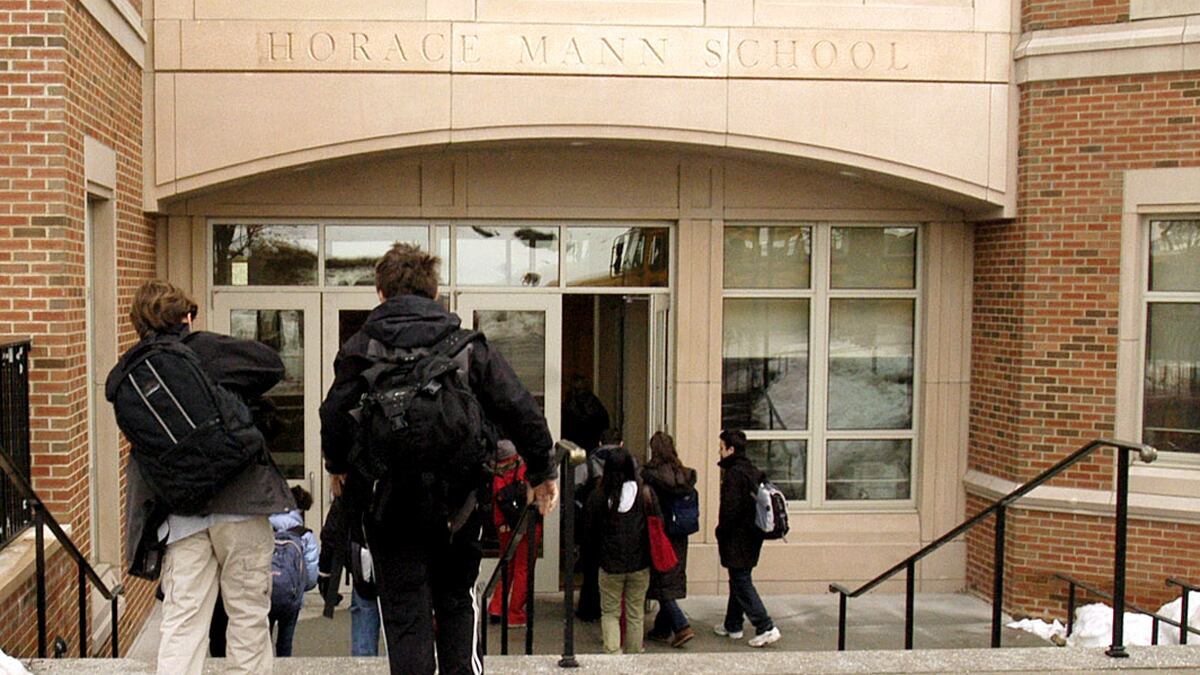Archive
Graham Morrison, Bloomberg / Getty Images
5 Revelations of Abuse From The New York Times’ Expose of Abuse at Horace Mann
NYT Speed Read
The Daily Beast gathers 5 revelations from The New York Times Magazine’s expose on abuse at the prestigious New York City prep school.

Trending Now
Crime & JusticeUnshaven Luigi Mangione Shows Signs of Stress in Court
Crime & JusticeLuigi Mangione Judge Married to Former Healthcare Exec





